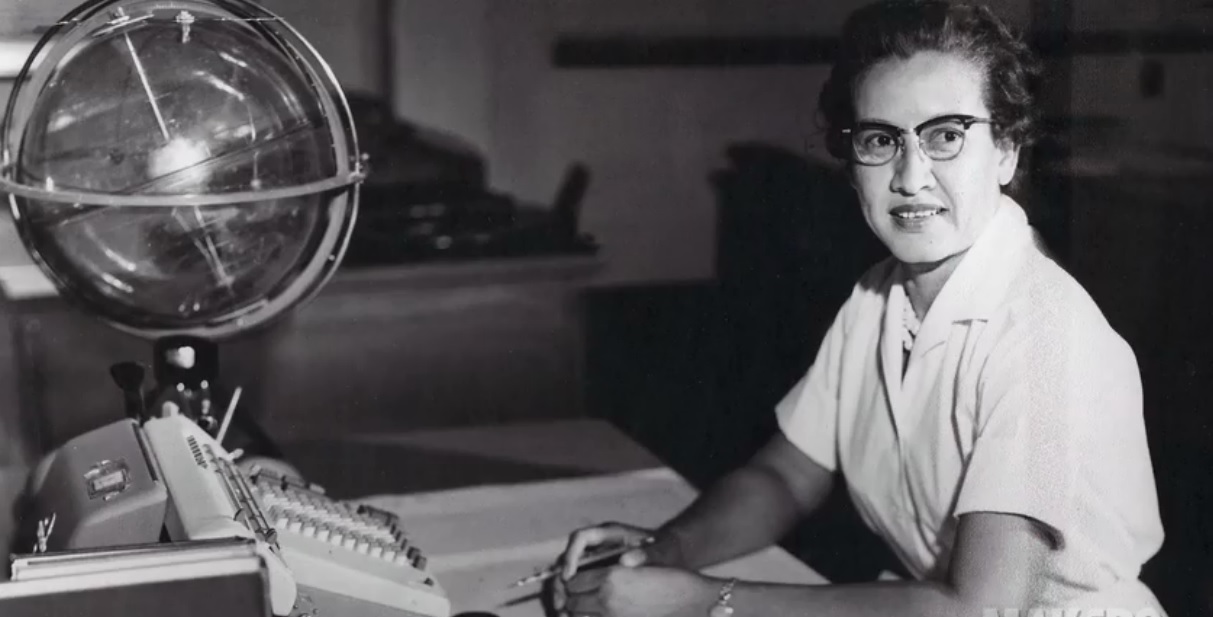Intimate Bonds: Family and Slavery in the French AtlanticPosted in Books, Caribbean/Latin America, Europe, History, Media Archive, Monographs, Slavery on 2016-08-16 01:01Z by Steven |
Intimate Bonds: Family and Slavery in the French Atlantic
University of Pennsylvania Press
August 2016
304 pages
6 x 9
6 illus.
Cloth ISBN: 978-0-8122-4840-1
Ebook ISBN: 978-0-8122-9306-7
Jennifer L. Palmer, Assistant Professor of History
University of Georgia
Following the stories of families who built their lives and fortunes across the Atlantic Ocean, Intimate Bonds explores how households anchored the French empire and shaped the meanings of race, slavery, and gender in the early modern period. As race-based slavery became entrenched in French laws, all household members in the French Atlantic world —regardless of their status, gender, or race—negotiated increasingly stratified legal understandings of race and gender.
Through her focus on household relationships, Jennifer L. Palmer reveals how intimacy not only led to the seemingly immutable hierarchies of the plantation system but also caused these hierarchies to collapse even before the age of Atlantic revolutions. Placing families at the center of the French Atlantic world, Palmer uses the concept of intimacy to illustrate how race, gender, and the law intersected to form a new worldview. Through analysis of personal, mercantile, and legal relationships, Intimate Bonds demonstrates that even in an era of intensifying racial stratification, slave owners and slaves, whites and people of color, men and women all adapted creatively to growing barriers, thus challenging the emerging paradigm of the nuclear family. This engagingly written history reveals that personal choices and family strategies shaped larger cultural and legal shifts in the meanings of race, slavery, family, patriarchy, and colonialism itself.


